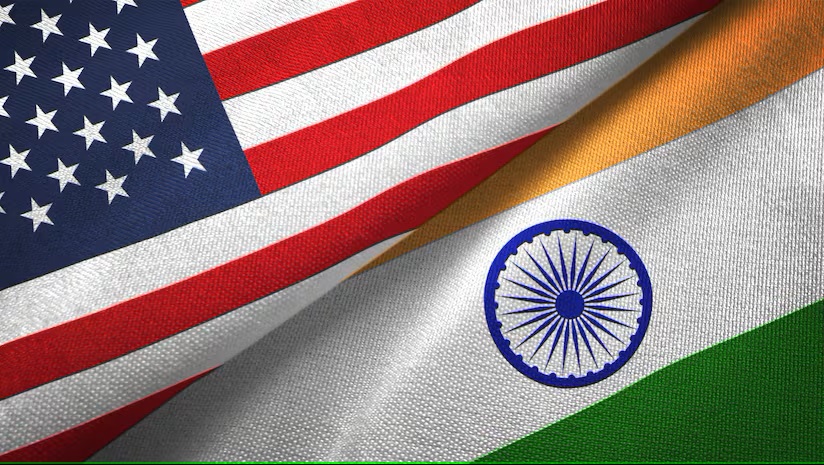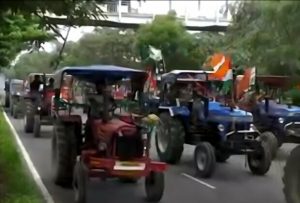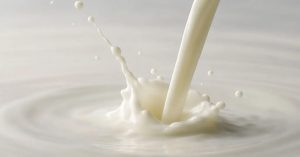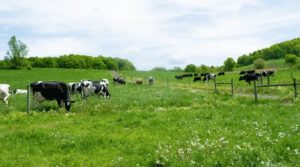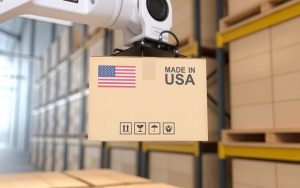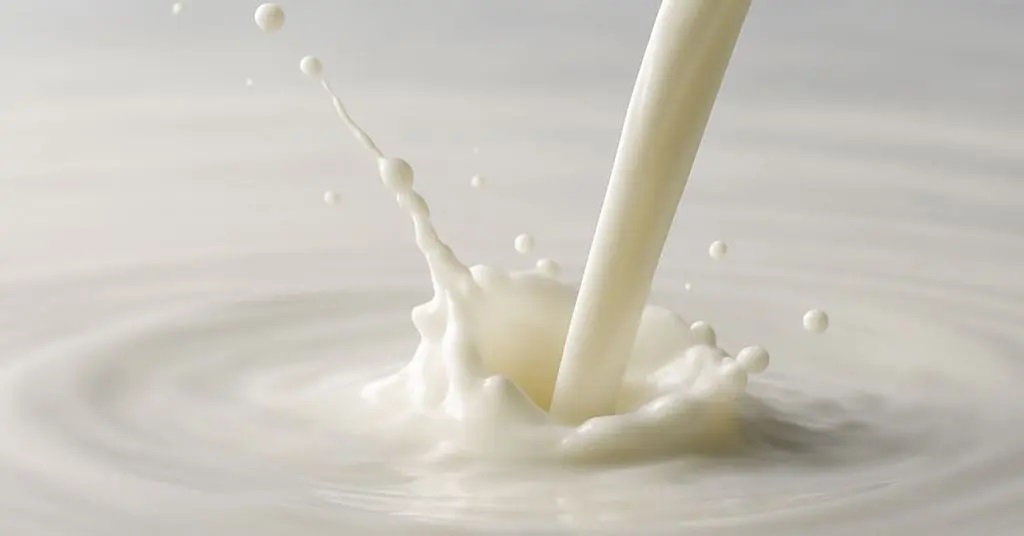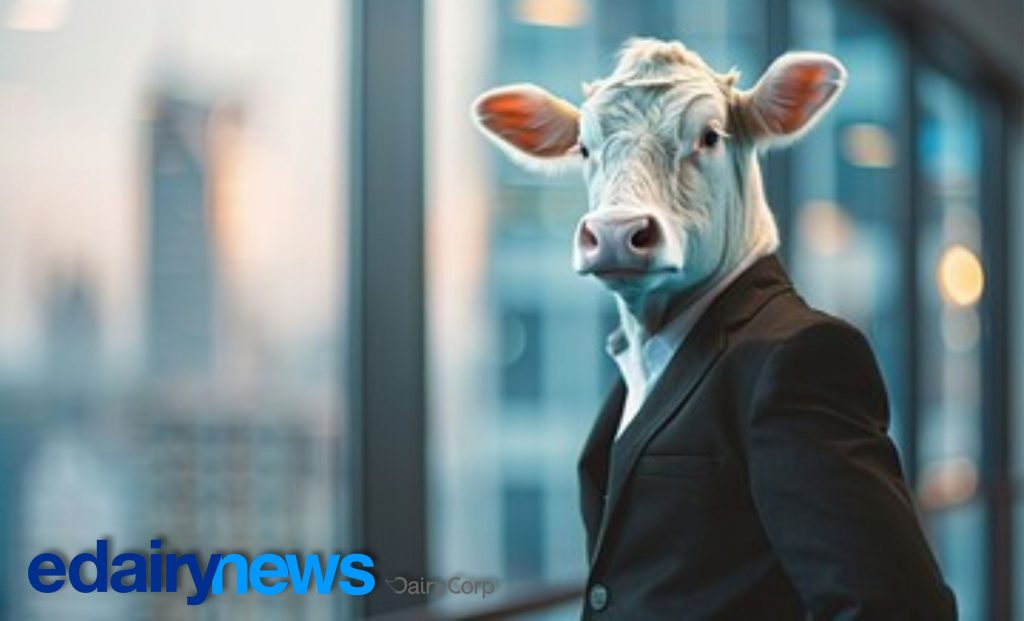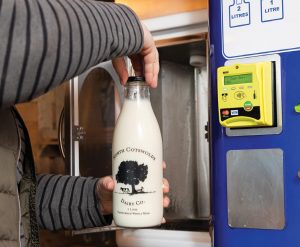India is working on a trade deal with the US. Will the South Asian country offer improved access to its dairy market?
The US and India are set for sector-specific trade talks this week, with farm products including dairy likely to form part of the discussions.
The talks take place after US president Donald Trump imposed, then paused, 27% tariffs on imports from India, which would hit $67.2bn worth of Indian goods if activated.
Representatives from India’s ministry of commerce and industry are meeting this week with US negotiators to address some of the thorniest issues.
Why India protects its dairy sector
The US views India’s dairy sector as one of the most protectionist in the world, while India thinks its policies are justified for religious and market protection reasons.
For India, there’s little incentive to allow low-tariff dairy imports into its market since the country is the largest producer and consumer of fluid milk in the world, with little surplus, and also consumes most of its butter.
An influx of cheap imports would undercut India’s dairy industry, putting farmer income at risk. In turn, this could jeopardise the country’s economic output as dairy generates around 4% of GDP.
India’s tariffs in numbers
India’s average Most Favored Nation (MFN) tariff rate is 17%, rising to 39% for agricultural goods, and its WTO-bound tariffs on agricultural products are one of the highest, averaging 113.1% and reaching up to 300%.
India applies tariffs on a wide range of goods, including:
- Alcoholic beverages: up to 100% (50% for bourbon)
- Apples and corn: 50%
- Coffee: 100%
- Dairy (30%, 40%, 60%)
- Vegetable oils: up to 45%
The country recently reduced rates on around 8,500 industrial goods such as natural rubber, but duties on many foods and agricultural products remain in place.
What dairy products does the US export to India?
Currently, India applies tariffs of 30% to 60% on imported dairy products.
But the South Asian nation welcomes imports of lactose and albumins including whey protein due to low domestic production. These are the two major US dairy exports to the country.
The US is the second largest exporter of whey protein to India with a 21% market share, and the third largest of lactose with a 13% share. According to USDA ERS, Indian demand for both commodities is set to increase in 2025 with whey protein imports forecast to rise 20% and of lactose – by 21%.
What the US-India trade talks can address
But various barriers to trade have continued to frustrate the US. In the 2025 National Trade Estimate Report, the US criticizes New Delhi’s cumbersome import procedures, including extensive documentation in both electronic and paper format, and a lack of transparency over import inspection rules.
The report also flags non-tariff restrictions such as the dairy health certificate scheme; the new facility registration requirements, and the ban on dairy products derived from animals that have consumed feeds containing ruminant material.
Agricultural subsidies are another point of contention. India’s subsidies ‘lower the cost of production for India’s producers and have the potential to distort the market in which imported products compete’, says the US.
For example, India’s Ministry of Fisheries, Animal Husbandry and Dairying
unveiled in March 2025 a revised national program for dairy development (NPDD) with a budget of nearly $37m for 2025/26.
The scheme is designed to ‘give an impetus to the dairy sector by creating infrastructure for milk procurement, processing capacity, and ensuring better quality control’ and ‘help farmers gain better access to markets, to ensuring better pricing through value addition, and improve the efficiency of the supply chain, leading to higher incomes and greater rural development’.
The ministry says the program will improve infrastructure and health and safety and also advance the sector’s international development through cooperation with Japan.
So what can the US hope the squeeze out from the negotiations?
Market access for agricultural goods will no doubt be on the list – but whether the US would secure improved access for its dairy exporters in particular remains a big question mark.
Resolving non-tarriff barriers – i.e. those linked with over-regulation – could be what the US can realistically secure from the talks.
Outside of dairy, India would be keen to protect its electronics export share in the US, where it exported $14.4bn worth of products in 2024, or 35.8% of its entire global shipments in this category. The country’s fishing sector would also want to see low export tariffs in order to continue exporting around $2bn worth of frozen fish and shrimp, which was nearly a third of India’s global exports in this category in 2024.
Would the South Asian nation be willing to put any part of its domestic agriculture industry on the table in return for concessions in more export-intensive segments? This will be revealed as the talks progress.
FTA with the US: A ‘costly mistake’ for India
According to non-profit organization the Global Trade Research Initiative (GTRI), a free trade agreement with the US would represent ‘a costly mistake’ for India across sectors beyond dairy and agriculture.
Did you know?
According to the Ministry of Fisheries, Animal Husbandry and Dairying, women constitute 70% of the dairy workforce. This is higher than the national average of 32.8%.
India wants 70% of women to participate in the workforce by 2047.
“Many of Washington’s demands – such as weakening India’s minimum price support system for farmers, allowing genetically-modified food imports, lowering agricultural tariffs, changing patent laws to extend drug monopolies, and letting American e-commerce giants sell directly to consumers – pose major risks,” says GRTI’s Ajay Srivastava, who is also a former trade officer. “These include harm to farmer incomes, food security, biodiversity, public health, and the survival of small retailers.”
Meanwhile, reducing tariffs on farm goods could affect the livelihoods of hundreds of millions, while slashing duties on cars could undercut a sector that accounts for nearly a third of India’s manufacturing output, the non-profit points out.
In addition, Sanjay Kumar Agarwal, chairman of the Central Board of Indirect Taxes & Customs and Special Secretary to the Government of India, has hinted that any concessions from New Delhi would have to be balanced against farmer interests.
“On food items, we have to keep the rates very high so that we could re-jig the effective rates at short call depending upon the harvest in the country,” he told Fortune India.
DairyReporter has reached out to Amul, the India Dairy Association and the Ministry of External Affairs for comment but has received no response at this time.
What could India propose?
According to ’s Ajay Srivastava, Indian interests would be better-served through a limited zero-to-zero tariff deal with the US on the majority of industrial goods on 90%. “If accepted by the US, this could evolve into a WTO-compliant goods-only agreement,” Srivastava explained.
“India should prioritize free trade negotiations with the European Union, United Kingdom, and Canada, and consider broader partnerships with countries like China and Russia. Deepening existing trade ties with Japan, South Korea, and ASEAN nations is also key,” the former trade officer concluded.

